hello steemit people, this is @hasan001 today i am introducing the lawachara national park (Eco Park of Bangladesh)
Lawachara National Park (Bengali: লাউয়াছড়া) is a major national park and nature reserve in Bangladesh. The park is located at Kamalganj Upazila, Maulvi Bazar District in the northeastern region of the country. It is located within the 2,740 ha (27.4 km2) West Bhanugach Reserved Forest.
Lawachara National Park covers approximately 1,250 ha (12.5 km2) of semi-evergreen forests Biome and mixed deciduous forests Biome. The land was declared a national park by the Bangladesh government on 7 July 1996 under the Wildlife Act of 1974
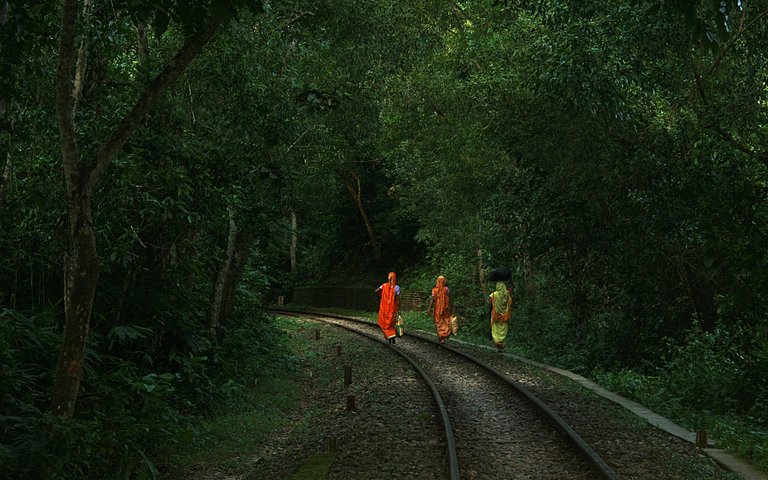
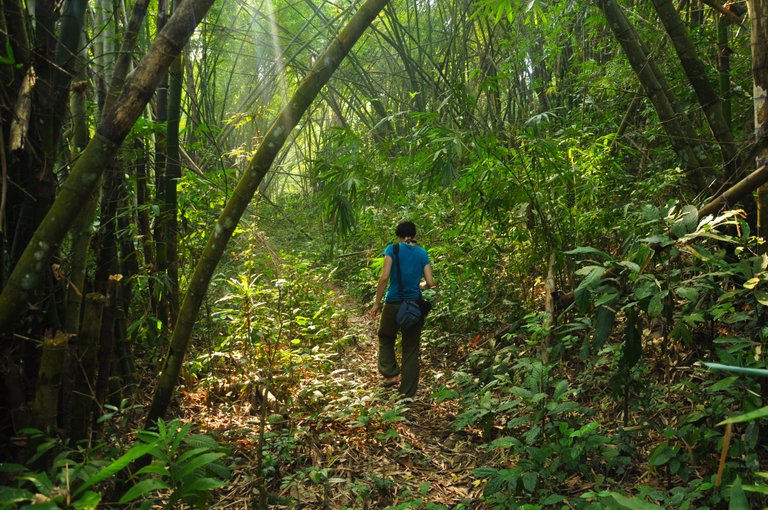
Location
Lawachara is about 160 km (99 mi) northeast of Dhaka and 60 km (37 mi) from Sylhet. It is 8 kilometres (5.0 mi) from the town of Srimongal.
The terrain of Lawachara is undulating with scattered 10 to 50 m (33 to 164 ft) hillocks. Locally known as tila, the hillocks are primarily composed of Upper Tertiary soft sandstone. The park is crossed by numerous sandy-bedded streams (locally known as nallah), one of which is the Lawachara tributary, from which the park derived its name. The soil of Lawachara is alluvial brown sandy clay loam to clay loam dating from the Pliocene epoch.
.jpg)
Trees in Lawachara.
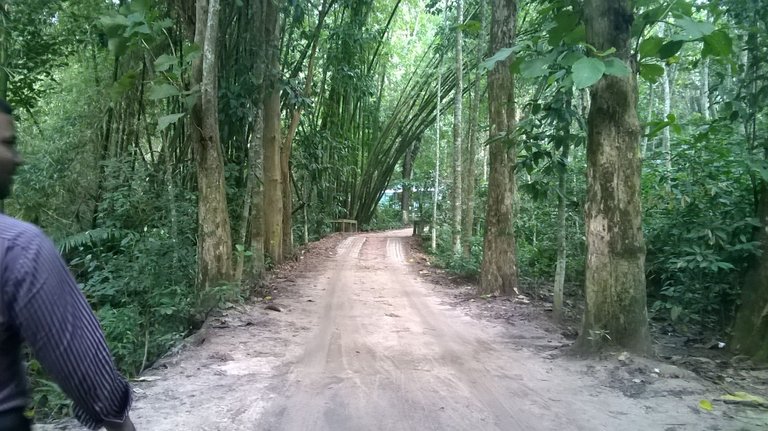
Bamboo groves in Lawachara.
Plant and Animal
The forest of Lawachara is of a mixed type, with the understory usually composed of evergreens, including Quercus, Syzygium, Gmelina, Dillenia, Grewia, and Ficus. The upper canopy, meanwhile, is mainly composed of tall deciduous trees including Tectona, Artocarpus chaplasha, Tetrameles, Hopea odorata. Toona ciliata, and Pygenum. The original indigenousmixed tropical evergreen vegetation had been removed or replaced in the 1920s. It is now mostly secondary forest with small remnant areas of rich primary forest. In the undergrowth are bamboo groves of jai bansh (Bambusa burmanica) and muli bansh (Melocanna baccifera), as well as several fern species and other epiphytes.
159 plant species belonging to 123 genera and 60 families were studied in 2010. It includes 78 species of trees, 14 species of shrubs, 42 species of herbs, and 25 species of climbers. Ficus (fig trees) and Syzygium (brush cherries), each with 7 species, were the most diverse genera. Other notable genera include Terminalia, Dioscorea (yams), Artocarpus, Calamus (rattan palm), Piper(pepper vines), Alpinia, and Curcuma Threatened indigenous plant species include Bridelia retusa, Zanthoxylum rhetsa, Alstonia scholaris, Phyllanthus emblica, Cassia fistula, Orexylum indicum, Semocarpus anacardium, and Garuga pinnata.
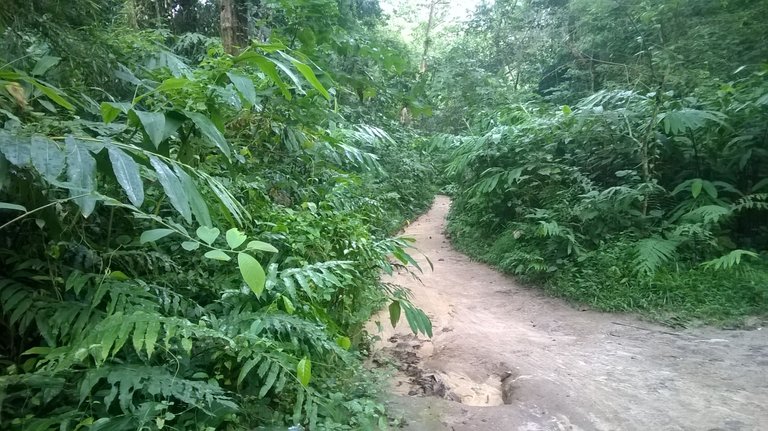
rail line on the midle of forest
Thanks to all
follow on
@hasan001

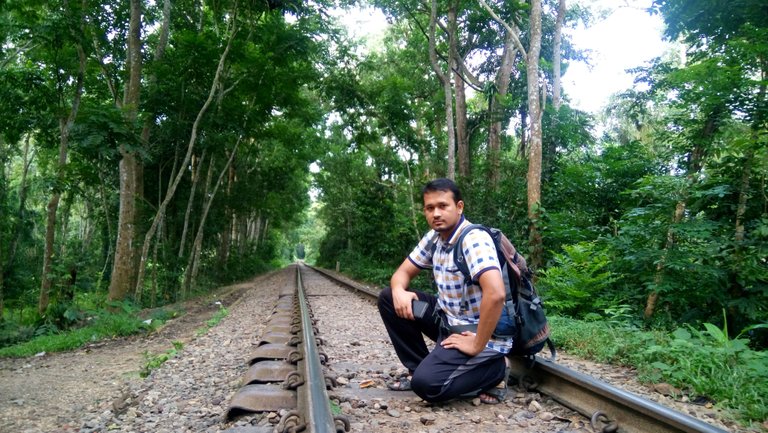
awesome
Hi! I am a robot. I just upvoted you! I found similar content that readers might be interested in:
https://en.wikipedia.org/wiki/Lawachara_National_Park
yes ther have some content from wikipedia